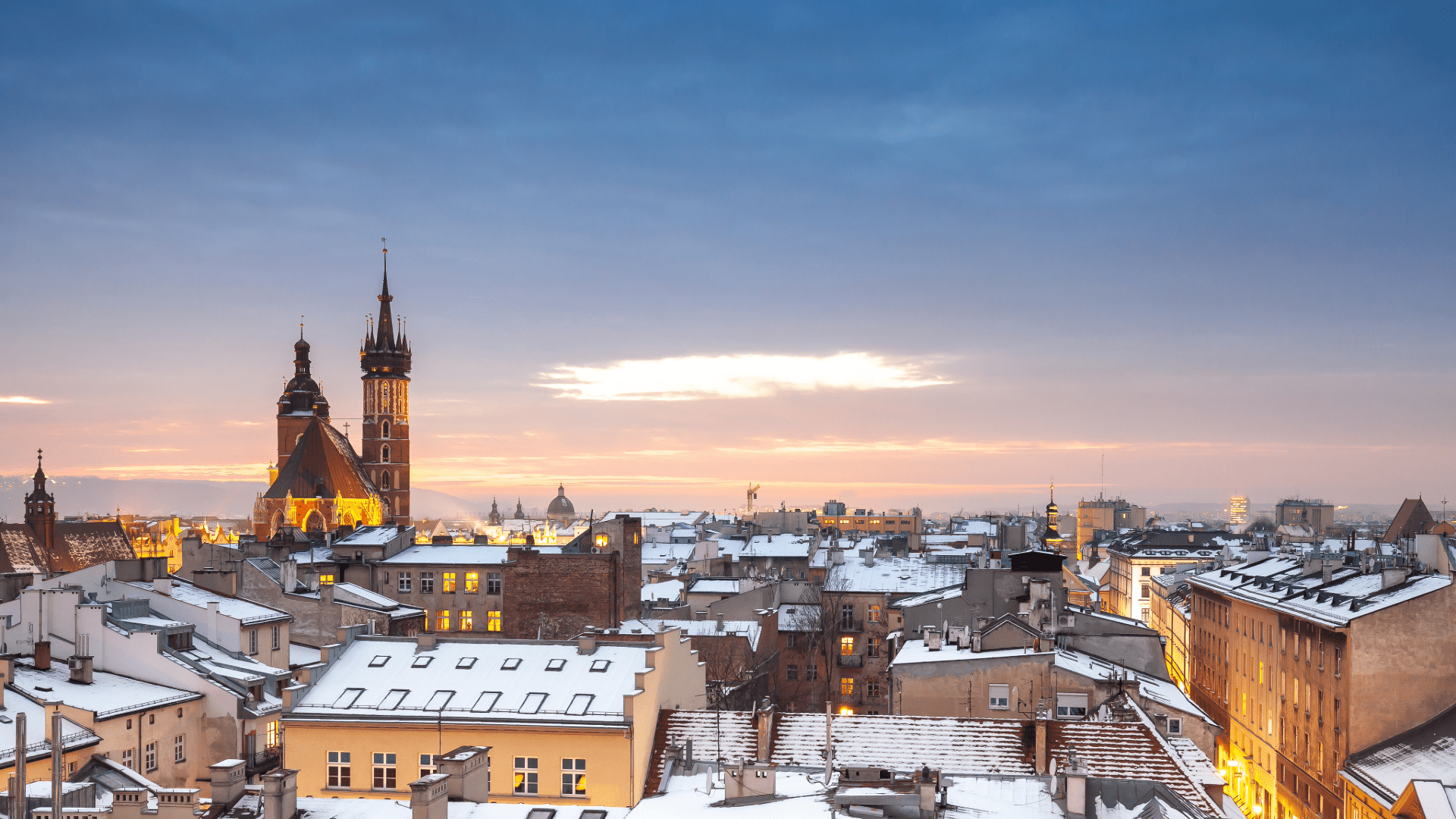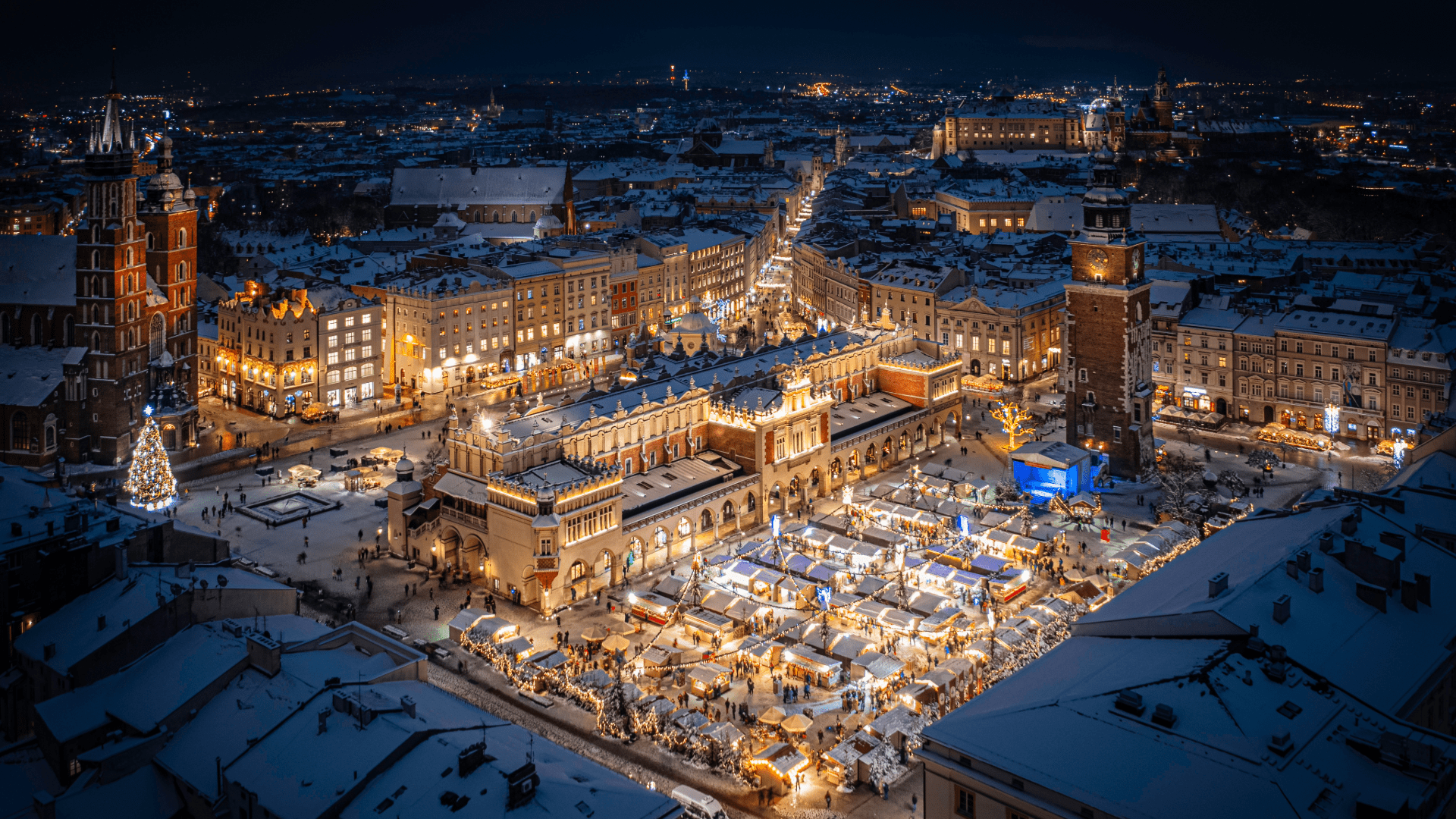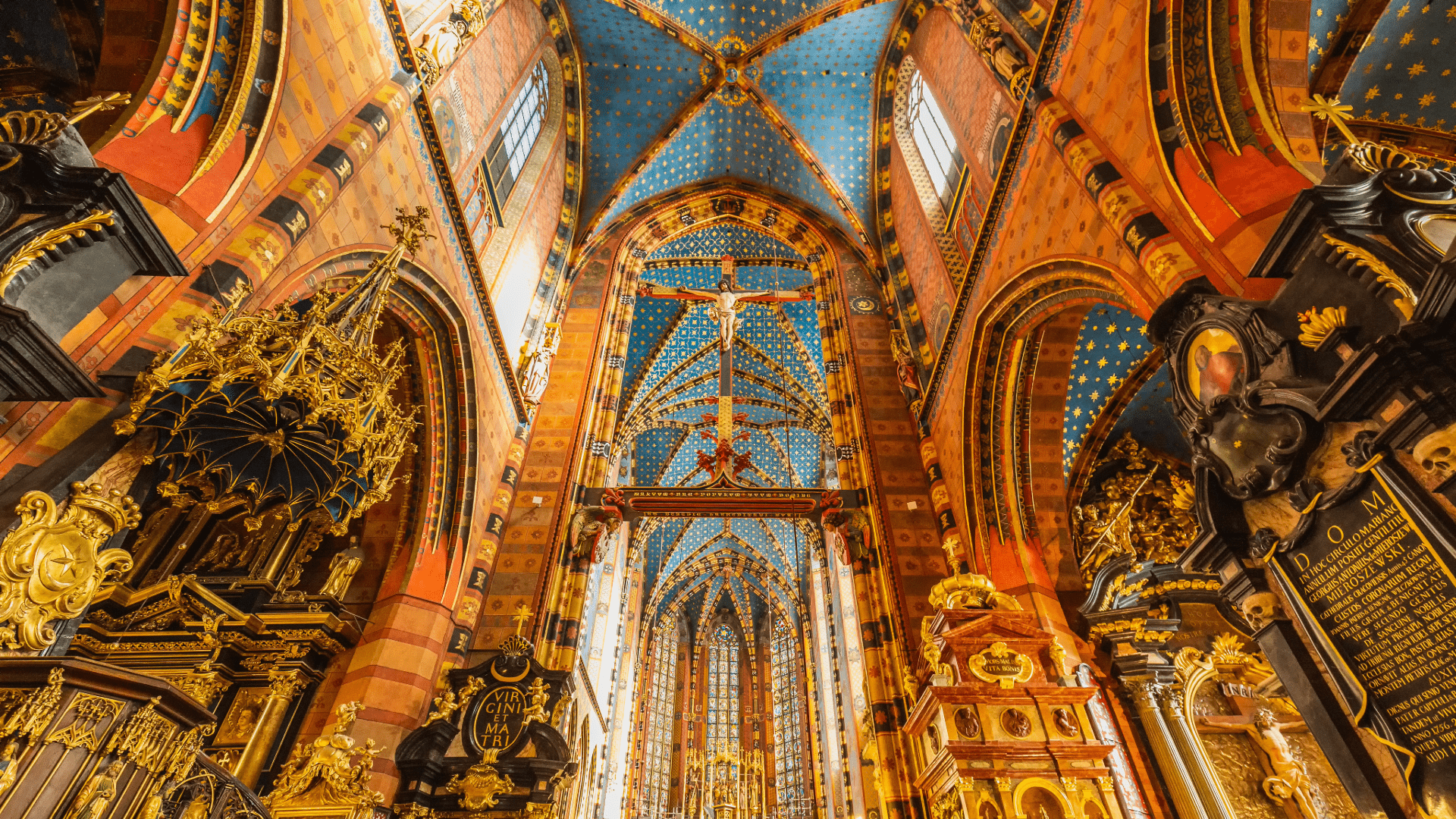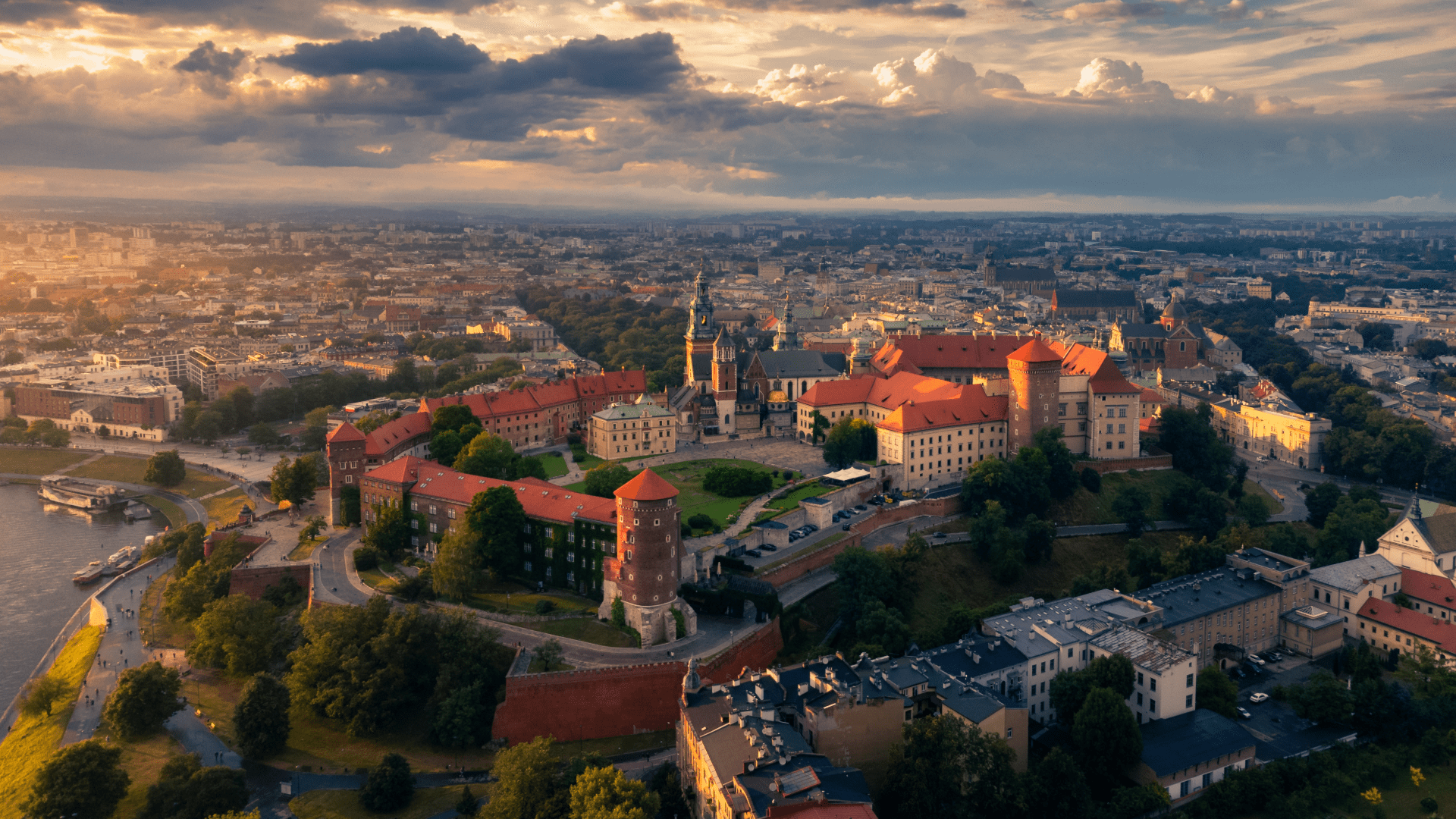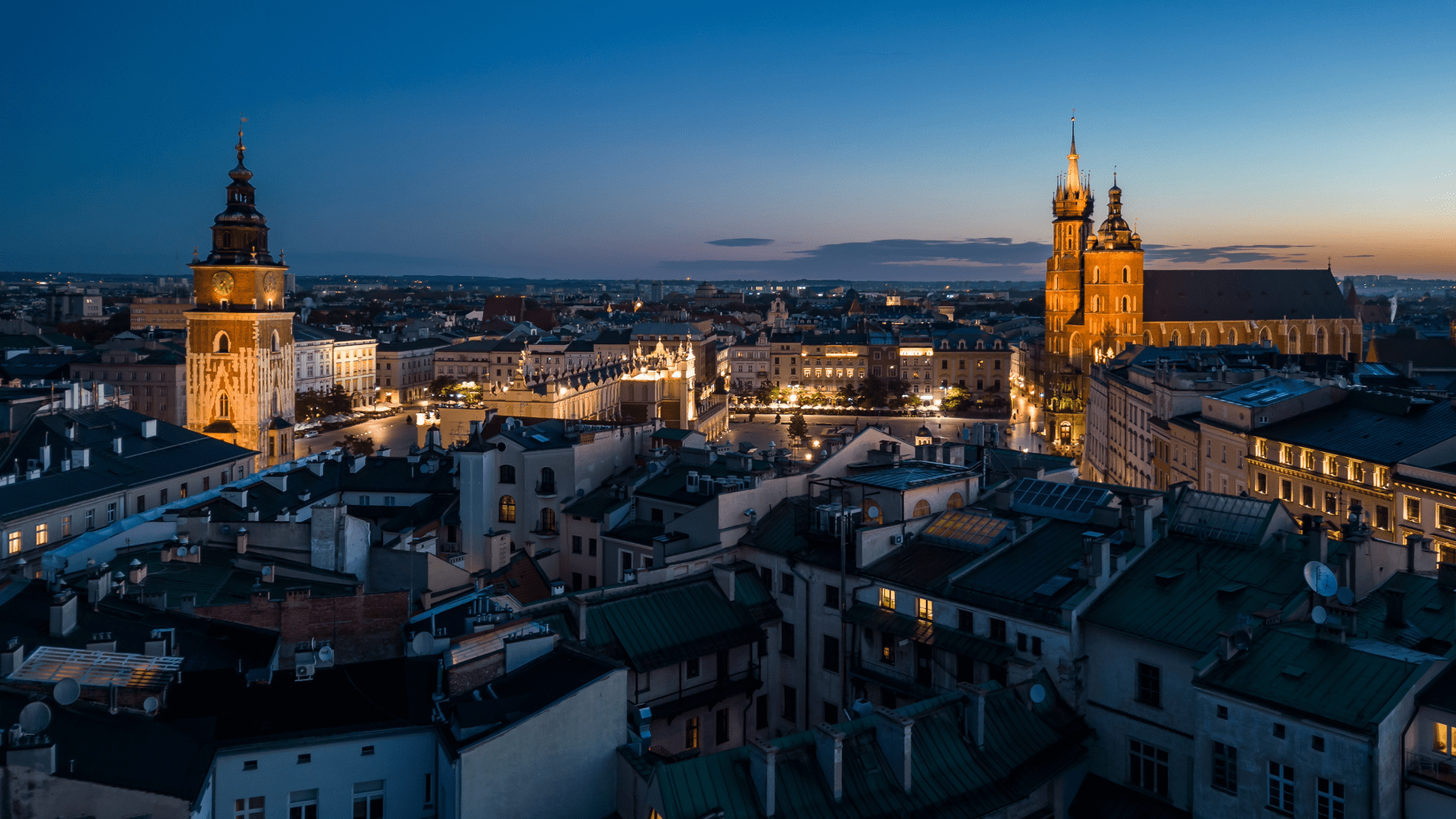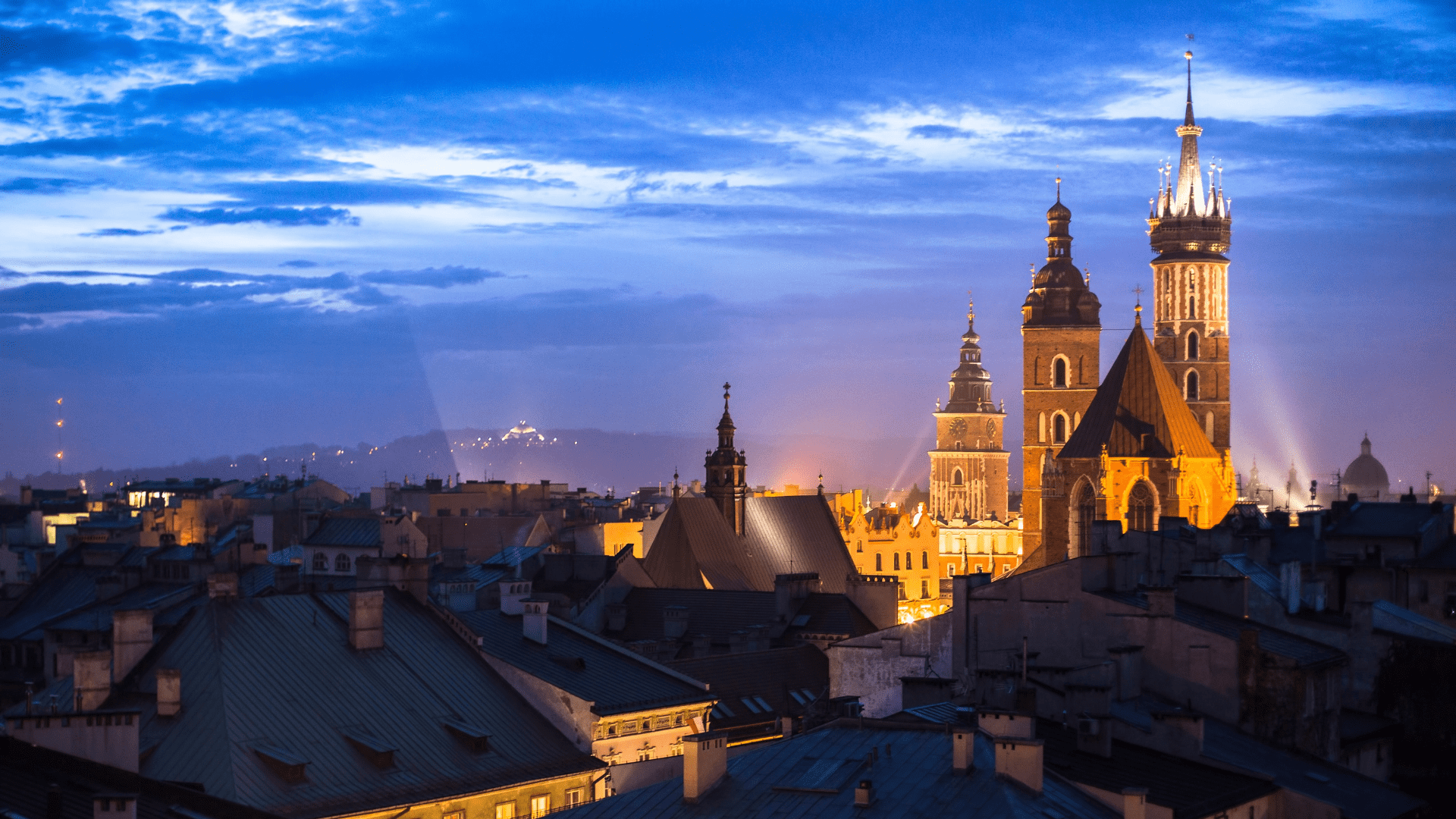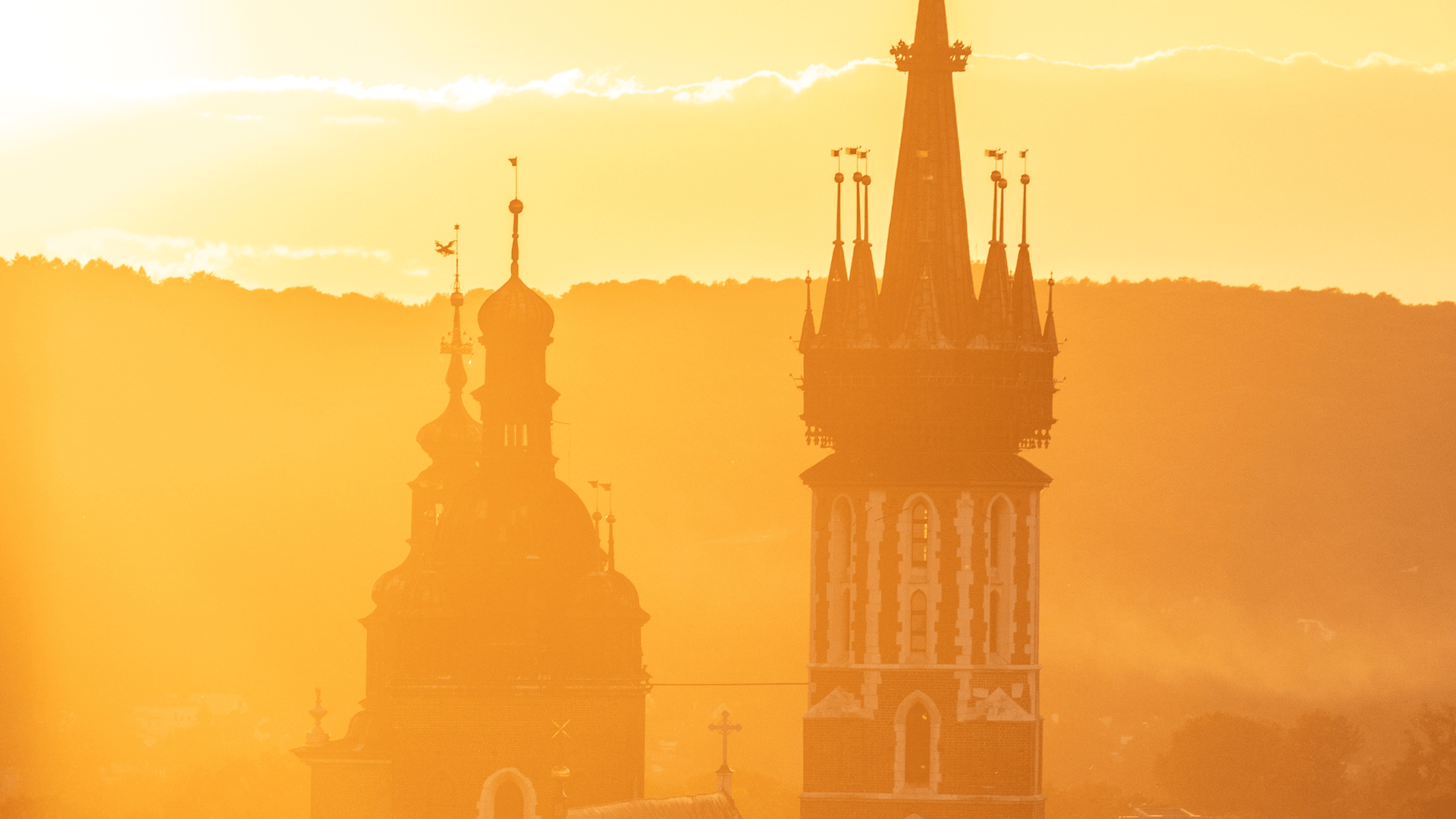Kraków's Płaszów Camp: Shadows of History
Beyond the better-known sites, Kraków holds the lesser-told story of the Płaszów camp, a place of silence and remembrance. This city, rich in history and countless monuments, also conceals a less-known but significant narrative: the history of the Płaszów camp. It is a place of silence and remembrance, extending beyond the commonly known attractions, offering deep reflection on the tragic events of World War II.
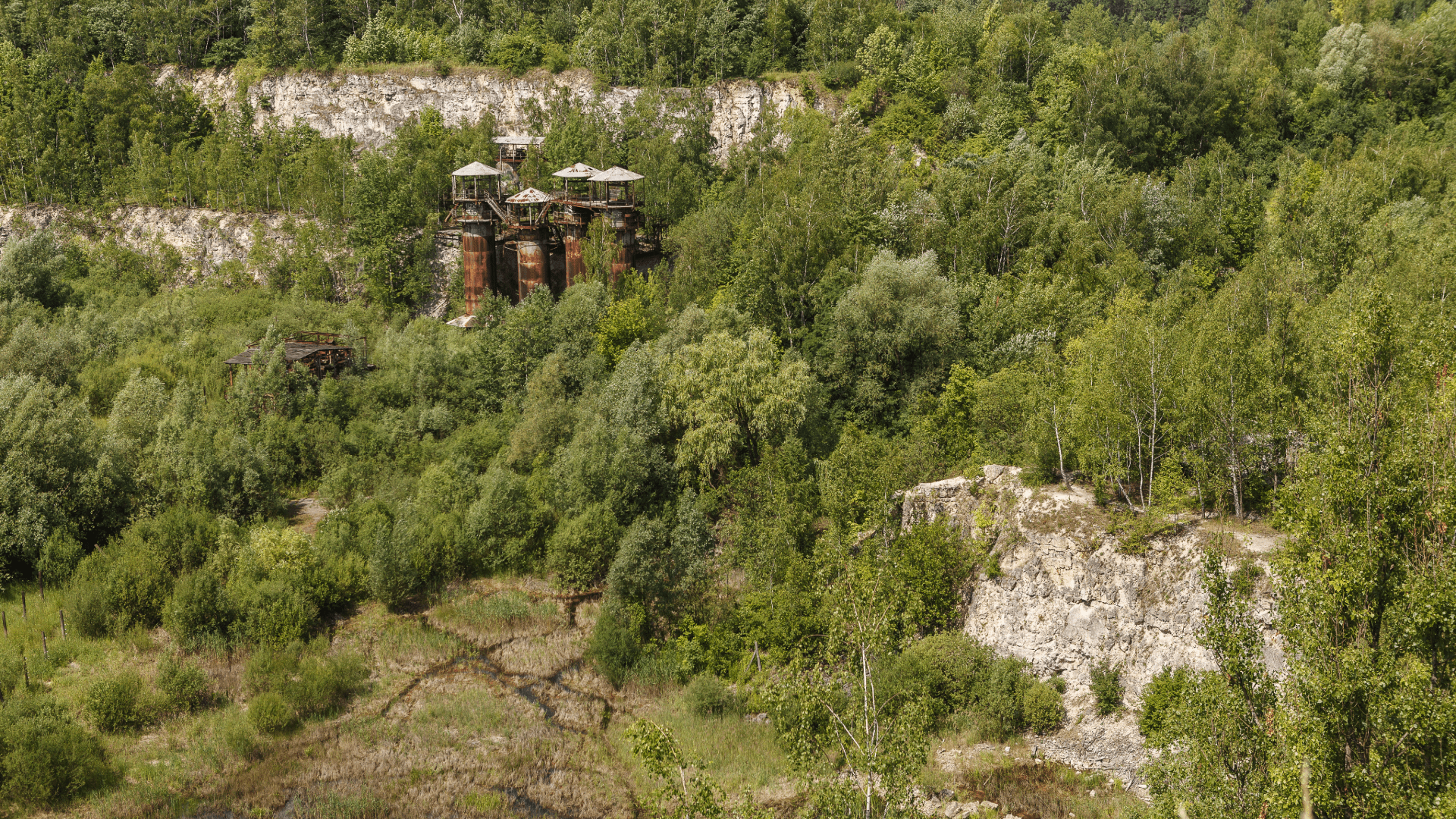
Desecrated Sacred Ground: The Disturbing Origins of Płaszów
The Płaszów camp, established in October 1942 as a German Nazi forced labor camp (Zwangsarbeitslager Plaszow des SS- und Polizeiführers im Distrikt Krakau - ZAL Plaszow), was from its very inception a place deeply marked by cruelty. Its primary purpose was to exploit Jewish labor, especially after the liquidation of the Kraków Ghetto in March 1943. Initially intended for approximately 4,000 Jews, it quickly expanded to house around 12,000 prisoners after this brutal action.
Płaszów was built on the desecrated grounds of two Jewish cemeteries, the New Jewish Cemetery in Kraków and the Old Cemetery in Podgórze. The Nazis used Jewish tombstones (matzevahs) to pave roads, including the main "SS-Strasse," turning sacred memorials into tools of humiliation. Prisoners were forced to walk daily over the shattered graves of their ancestors, a constant reminder of their dehumanization and cultural erasure. The destruction extended to the pre-burial hall, which was deliberately blown up. Such acts aimed to obliterate not only the Jewish people but also their memory and heritage. This intentional desecration reveals the ideological depth of Nazi cruelty, reaching beyond physical extermination to spiritual annihilation. Płaszów stands as a grim symbol of how genocide targeted both body and identity in a systematic effort to erase an entire people from history.
The camp rapidly expanded. Initially covering 5 to 12 hectares, with plans for 15 hectares. In July 1943, an "educational labor camp" (Arbeitserziehungslager) for Poles was also established within its grounds, indicating a broader scope of victims not limited solely to Jews.
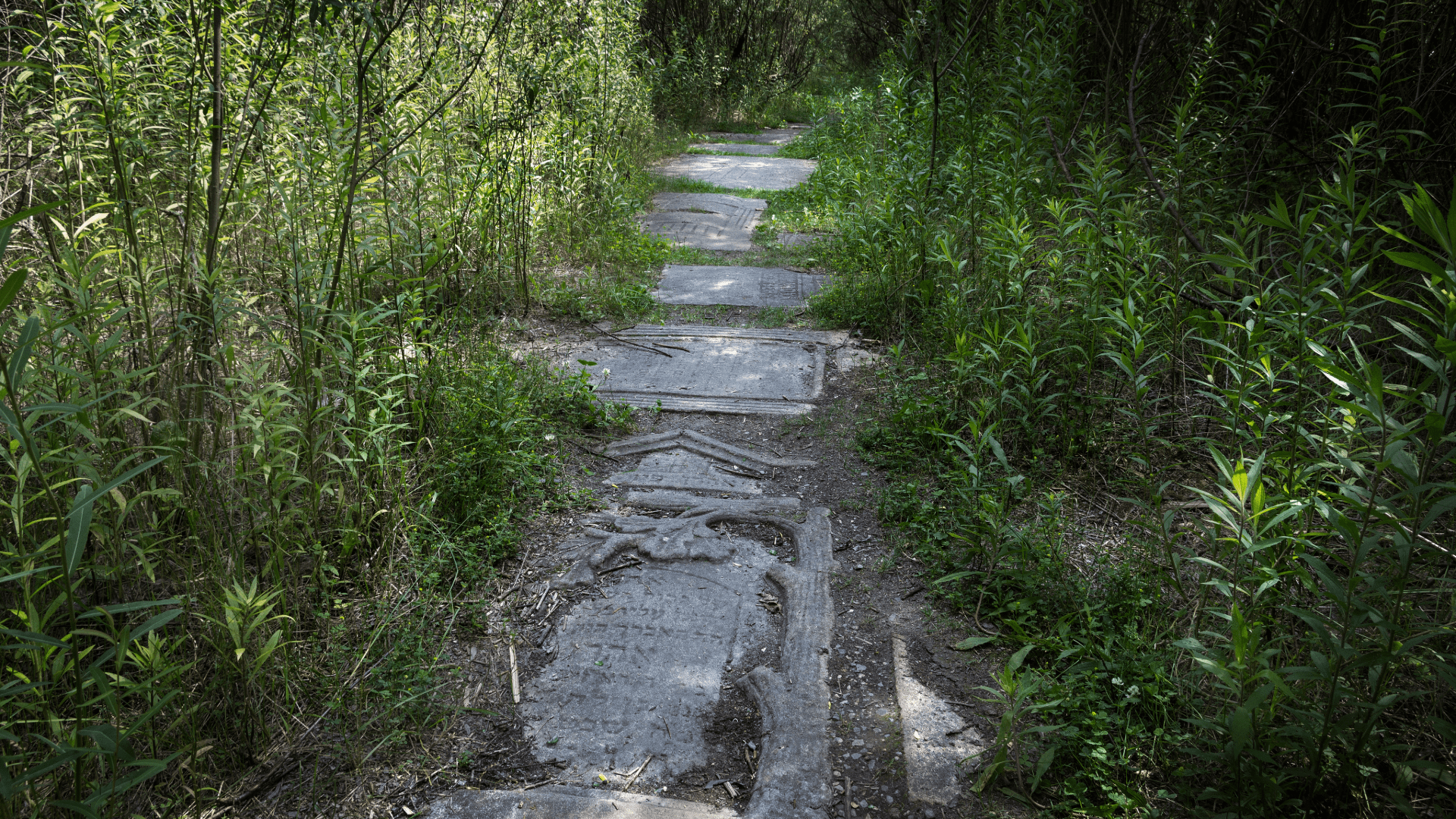
From Labor Camp to Concentration Camp: The Brutal Evolution of Płaszów
The evolution of Płaszów was a testament to the escalation of Nazi terror policy. In January 1944, the camp was officially transformed from a labor camp into a concentration camp (Konzentrationslager Plaszow bei Krakau - KL Plaszow). This change in status meant the takeover of control by the SS Main Economic and Administrative Office (SS-WVHA), aligning its operational principles with other, more infamous concentration camps in occupied Europe.
By mid-1944, Płaszów reached its peak size of 80 hectares with around 200 buildings and held 20,000 to 25,000 prisoners. Originally a forced labor camp, it evolved into a concentration camp and later served as a transit point for Jews from Hungary and Slovakia en route to Auschwitz-Birkenau. This shift reflects the expanding and adaptive nature of the Nazi extermination system. Płaszów became a key link in the broader network of genocide, illustrating how even lesser-known camps played vital roles in the "Final Solution." The camp's transformation brought harsher conditions, stricter SS control, and a direct connection to extermination sites. It underscores how Nazi camps were not isolated entities but interdependent components of a vast, systematic machinery designed for exploitation and death. Płaszów's development reveals the regime's logistical precision and ideological commitment to mass murder across Europe.
Throughout the camp's operation, it is estimated that between 35,000 and 80,000 people were imprisoned, of whom approximately 5,000 to 8,000 were murdered or died due to inhumane treatment, disease, and starvation.
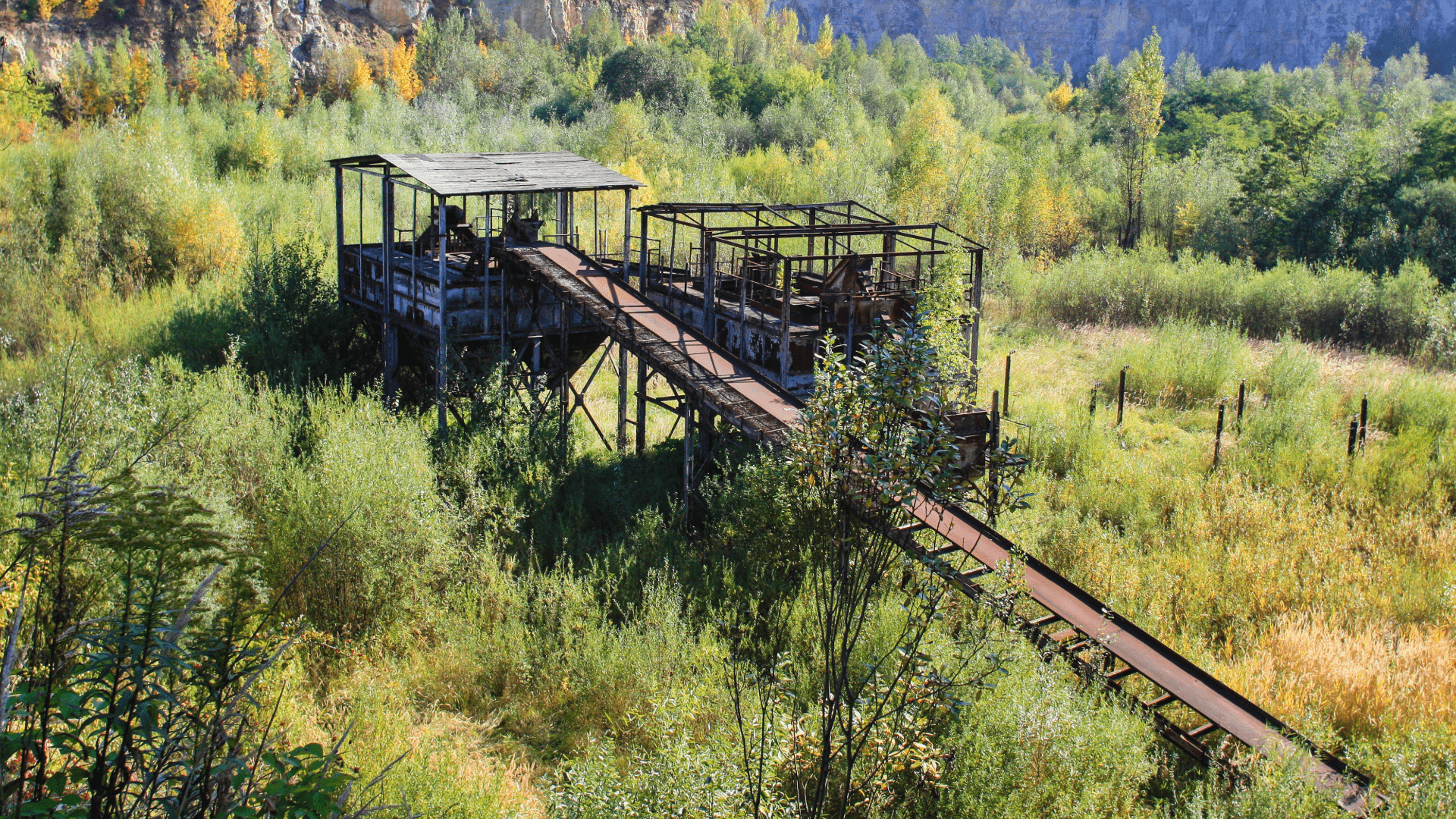
Life in the Shadows: Unimaginable Daily Realities
The daily life of prisoners in Płaszów was marked by constant fear, deprivation, and slave labor. Conditions were horrific, with widespread starvation, diseases (especially typhus), and brutality from the SS being the norm. Food rations were insufficient, leading to widespread emaciation. Although some prisoners had the opportunity to buy or exchange food, smuggling was severely punished. Medical care, to the extent conditions allowed, was provided by Jewish doctors, but a lack of resources prevented effective treatment. Selections of the sick were frequent, often ending in murder or lethal injections.
Prisoners were forced into slave labor, which included the construction and expansion of the camp, work in quarries (such as the Liban Quarry), and various industrial workshops (e.g., sewing uniforms, printing documents, metalwork, electrical work, automotive work). Work in the quarry was particularly exhausting, with women forced to pull wagons filled with stones. The workday began at 4 AM, after roll call at 6 AM, prisoners marched to work for the entire day, with only an hour break for lunch. The meticulous organization of forced labor, combined with deliberate starvation and lack of medical care, reveals a terrifying strategy: "extermination through labor" or "productive annihilation." The Nazis were not just killing; they were extracting every last ounce of physical energy from their victims before their inevitable deaths. This economic exploitation of human life, even as it was systematically destroyed, underscores the cold, calculated efficiency of the Nazi regime's genocidal machinery.
Innocence Betrayed: The Fate of Women and Children
The Płaszów camp, compared to others, held a significant number of women and children. A particularly tragic event occurred in May 1944, when 1,500 people, including almost all children, were deemed "unfit for work" and deported to Auschwitz for immediate gassing, often under the guise of being sent to a "kindergarten". The detail about children being sent to "kindergarten" before Auschwitz further highlights the deceptive and ruthless nature of the system, preying on the last vestiges of hope.
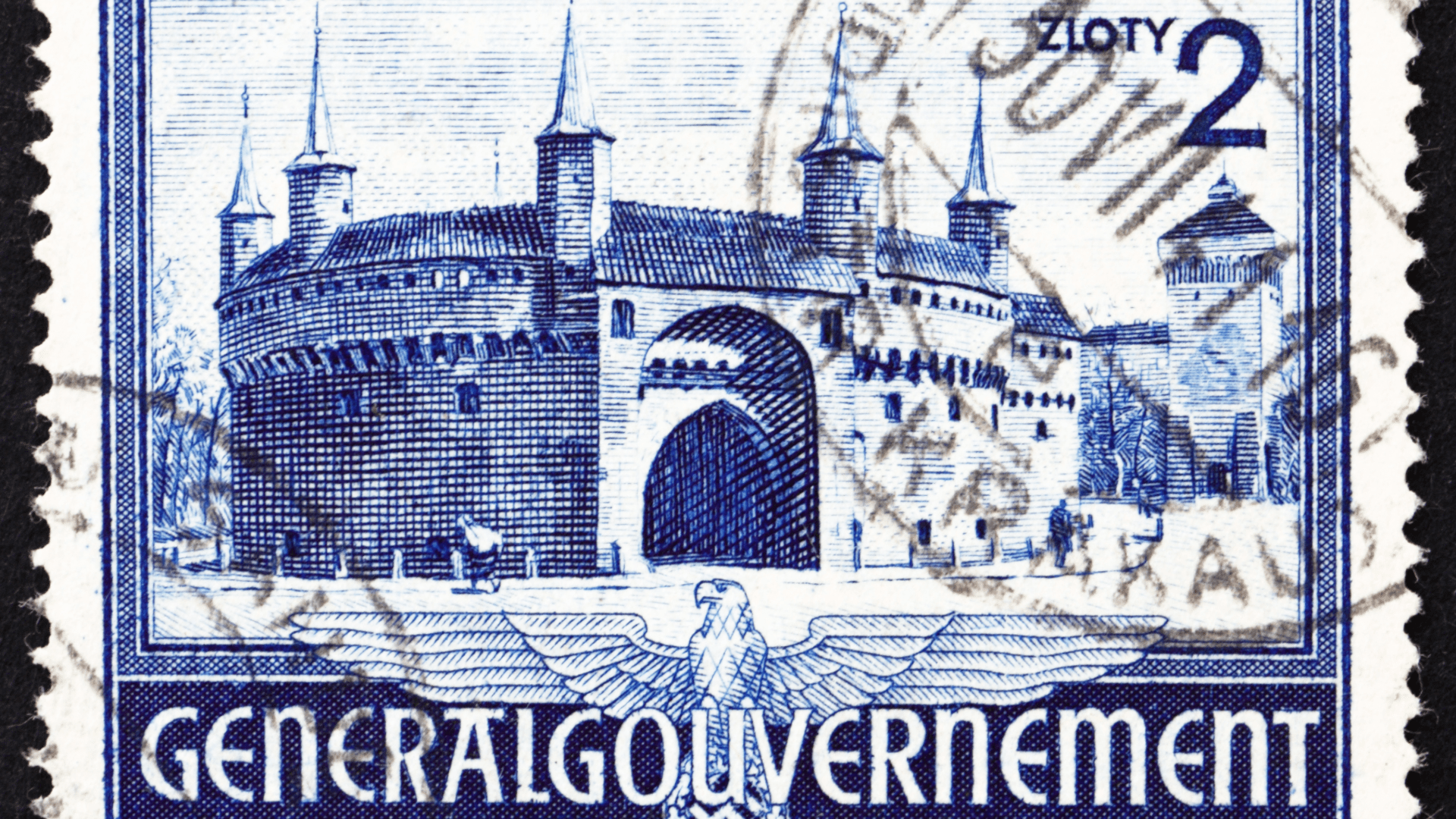
Amon Göth: The Face of Unimaginable Cruelty
The symbol of cruelty in Płaszów was SS-Hauptsturmführer Amon Göth, camp commandant from February 1943 to September 1944. Known for his sadism, Göth often began his day by shooting a prisoner from his villa balcony. He trained his dogs, Rolf and Ralf, to attack Jews and regularly carried out arbitrary killings. While the Nazi system itself was built on terror, Göth's brutality intensified it, making death a matter of whim rather than policy. His behavior created a climate of constant fear, where no one felt safe. Göth's actions reflect how unchecked power and individual depravity could exceed even the horrors of institutionalized violence. The psychological toll of living under such an unpredictable tyrant added a uniquely terrifying layer to the already brutal conditions of the camp. His presence exemplified the terrifying blend of systemic evil and personal sadism that defined life in Płaszów.
Instruments of Oppression: Places, People, and Postwar Justice
Göth lived in an elegant villa at Heltmana Street 22, which still stands today. The "Grey House" (Jerozolimska Street 3) served as the SS office, and its cellars contained prison cells and torture chambers, from which "few people emerged alive". The camp personnel consisted of German SS officers (both men and women, such as Gertrud Heise, Luise Danz, Alice Orlowski) and Ukrainian auxiliaries from Trawniki. The camp also had a Jewish police force (Ordnungsdienst - OD), forced to perform supervisory functions in exchange for better food rations, but often hated for their cruelty and corruption.
Ultimately, in September 1944, Göth was relieved of his position and arrested by the SS on charges of corruption and embezzlement of Jewish property. After the war, he was handed over to Polish authorities, tried by the Supreme National Tribunal in Kraków, sentenced to death for crimes of genocide, and hanged on September 13, 1946.
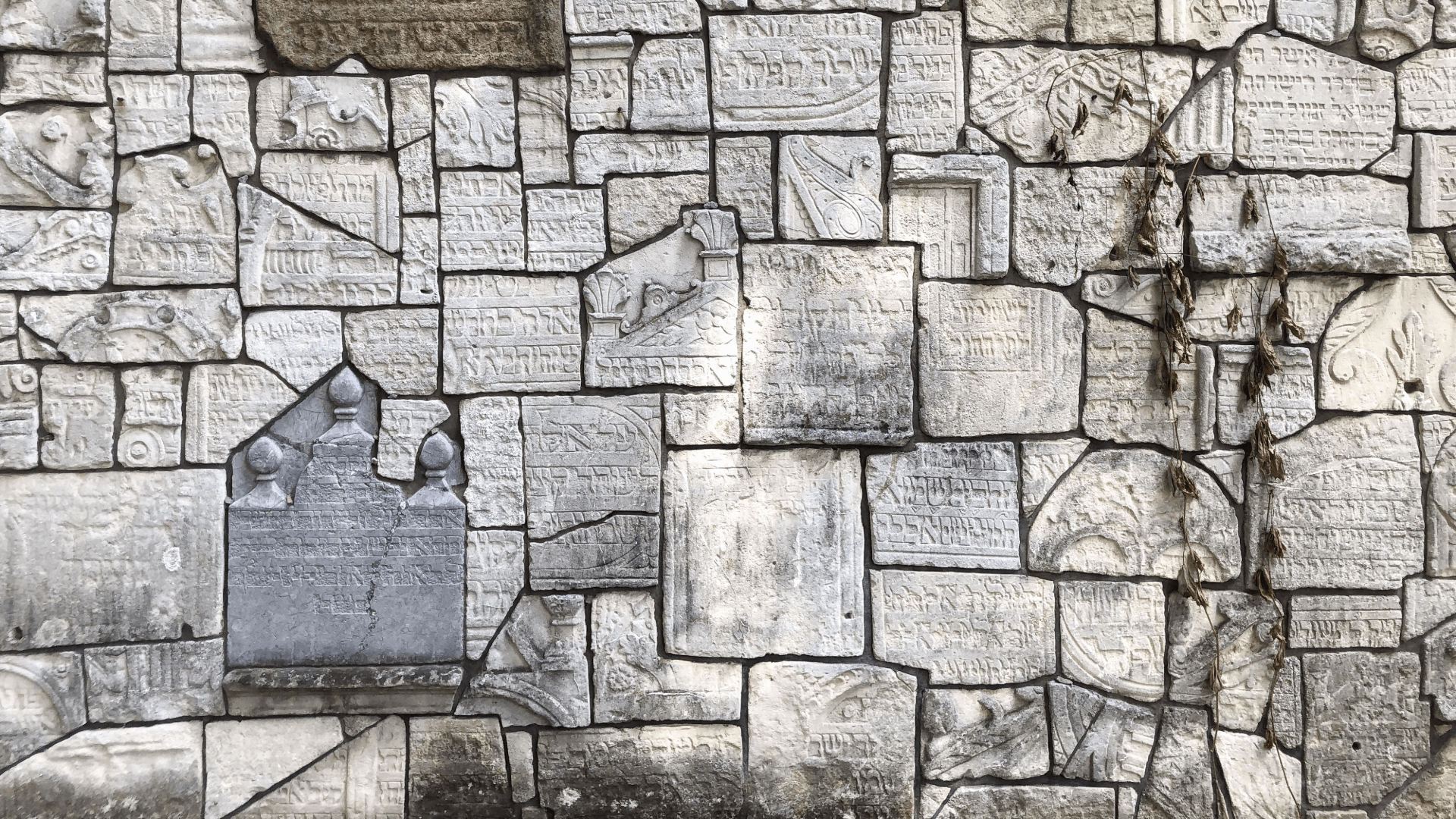
Oskar Schindler: A Glimmer of Humanity in the Darkness
In contrast to the pervasive cruelty, the story of Oskar Schindler represents a glimmer of hope. This German industrialist and Nazi Party member established the Deutsche Emailwarenfabrik (DEF) enamelware factory in Kraków, adjacent to Płaszów. He employed Jewish prisoners from the camp, initially for cheap labor.
Over time, however, Schindler's concern for his Jewish workers deepened. He actively protected them from abuse and deportations, using his influence and wealth to bribe German officials. Schindler's story is a powerful testament to the existence of moral agency even within the most horrific systems. His actions, though initially profit-motivated, evolved into a deliberate subversion of Nazi ideology, demonstrating that individual choices could create enclaves of survival in the face of overwhelming adversity. The proximity of his factory to the camp created a stark physical and moral contrast, highlighting that even in the shadow of mass murder, human compassion and courage could offer a beacon of hope and tangible rescue. This challenges the notion of universal complicity and emphasizes the importance of individual resistance.
In 1944, facing the liquidation of Płaszów and the approaching Red Army, Schindler relocated his factory along with approximately 1,100 Jewish workers, known as "Schindlerjuden," to Brünnlitz in the Sudetenland (now the Czech Republic), thereby saving them from deportation to extermination camps like Auschwitz.
The story of Schindler's rescue of Jews was immortalized in Steven Spielberg's Oscar-winning film "Schindler's List" (1993). It is worth noting that out of respect for the authentic campsite, Spielberg chose to film the camp scenes in a replica built in the nearby Liban Quarry, rather than on the original grounds, which are now a nature reserve and partly built upon.

Echoes of Crime: Execution Sites and Mass Graves
Płaszów had no gas chambers or crematoria, but mass executions by shooting were commonplace. Key crime sites included:
- "Hujowa Górka" (FS-21): This hill, a former artillery position of the Kraków Fortress, became the main execution site from mid-1943 to early 1944. The name comes from the surname of SS-Oberscharführer Albert Hujer, known for his cruelty. It is estimated that between 5,000 and 10,000 people were murdered and buried here.
- "C-Dołek" (FS-22): Another former artillery fortification, where executions (mainly of Poles brought from the Gestapo prison on Montelupich Street) were carried out from February to autumn 1944. Bodies were immediately burned on site.
- Old Jewish Cemetery: In March 1943, two enormous mass graves were dug here. Jews murdered during the liquidation of the Kraków Ghetto and those deemed unfit for work were buried in them. It is estimated that between 2,000 and 3,000 people were buried here.
- Roll Call Area (Appellplatz): Although primarily used for prisoner assemblies, it also witnessed executions. On May 7, 1944, a "health roll call" took place here, resulting in 1,500 prisoners, including children, being sent to Auschwitz for immediate gassing.
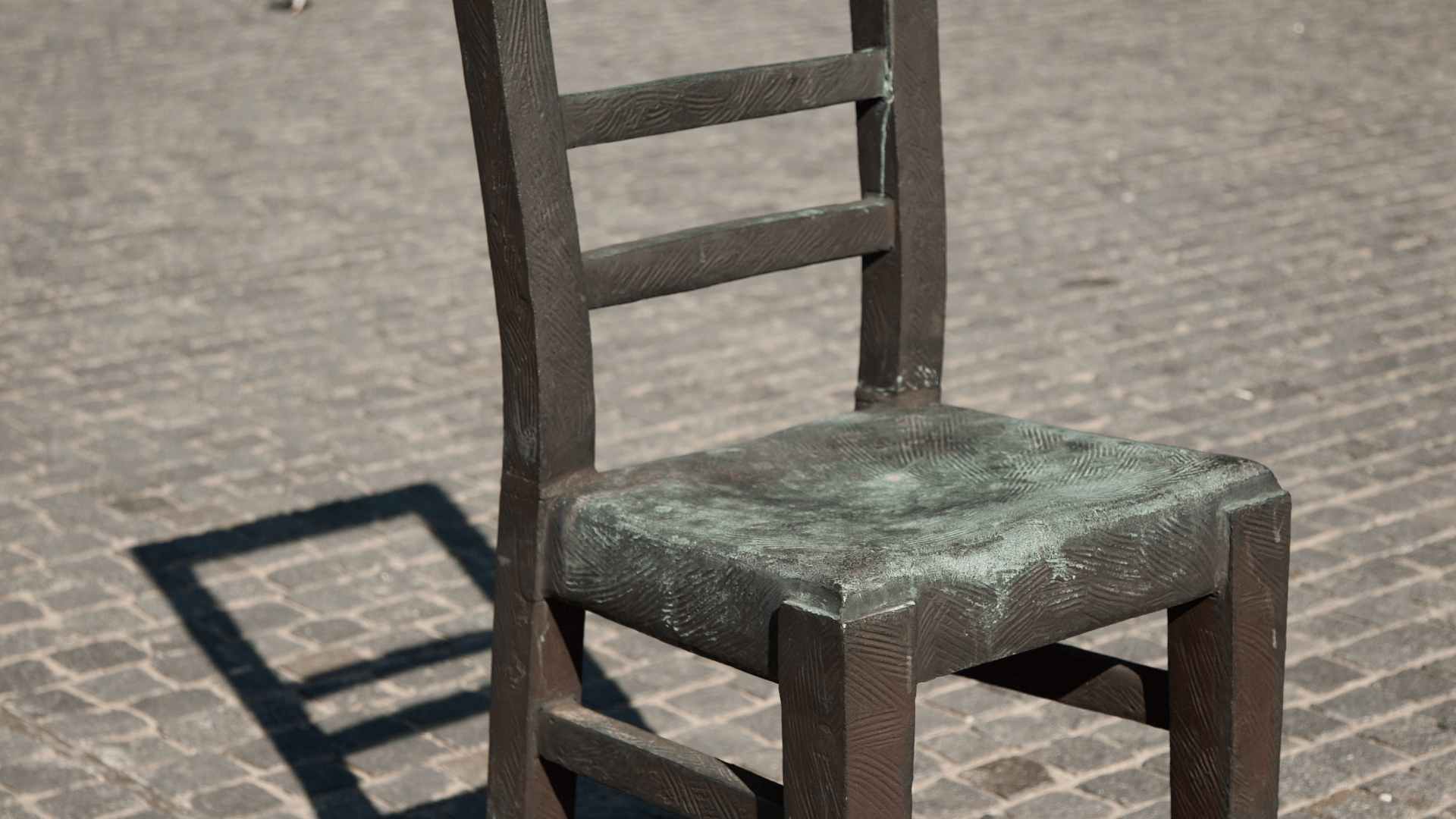
Erasing the Evidence: Liquidation and the Final March
As the Red Army approached in August 1944, the Germans began liquidating the camp. Desperate attempts were made to erase the traces of their crimes: mass graves were exhumed, and bodies were systematically burned. Witnesses testified that 17 trucks filled with human ashes were scattered across the camp grounds. The systematic exhumation and burning of bodies during the camp's liquidation reveal the Nazis' deep awareness of the crimes committed and their desperate attempt to hide evidence from the approaching Allied forces. This act of "erasing" the dead underscores the scale of their atrocities and their fear of accountability. It also had a profound impact on post-war commemoration, as the lack of visible mass graves made it difficult to fully grasp the horror of the place, contributing to its initial "forgetting." This deliberate act of obscuring traces makes current efforts to mark and commemorate the site even more vital.
The last group of approximately 600 prisoners was forced on a death march towards Auschwitz on January 14, 1945, shortly before the Red Army liberated the abandoned and barren camp grounds on January 20, 1945.
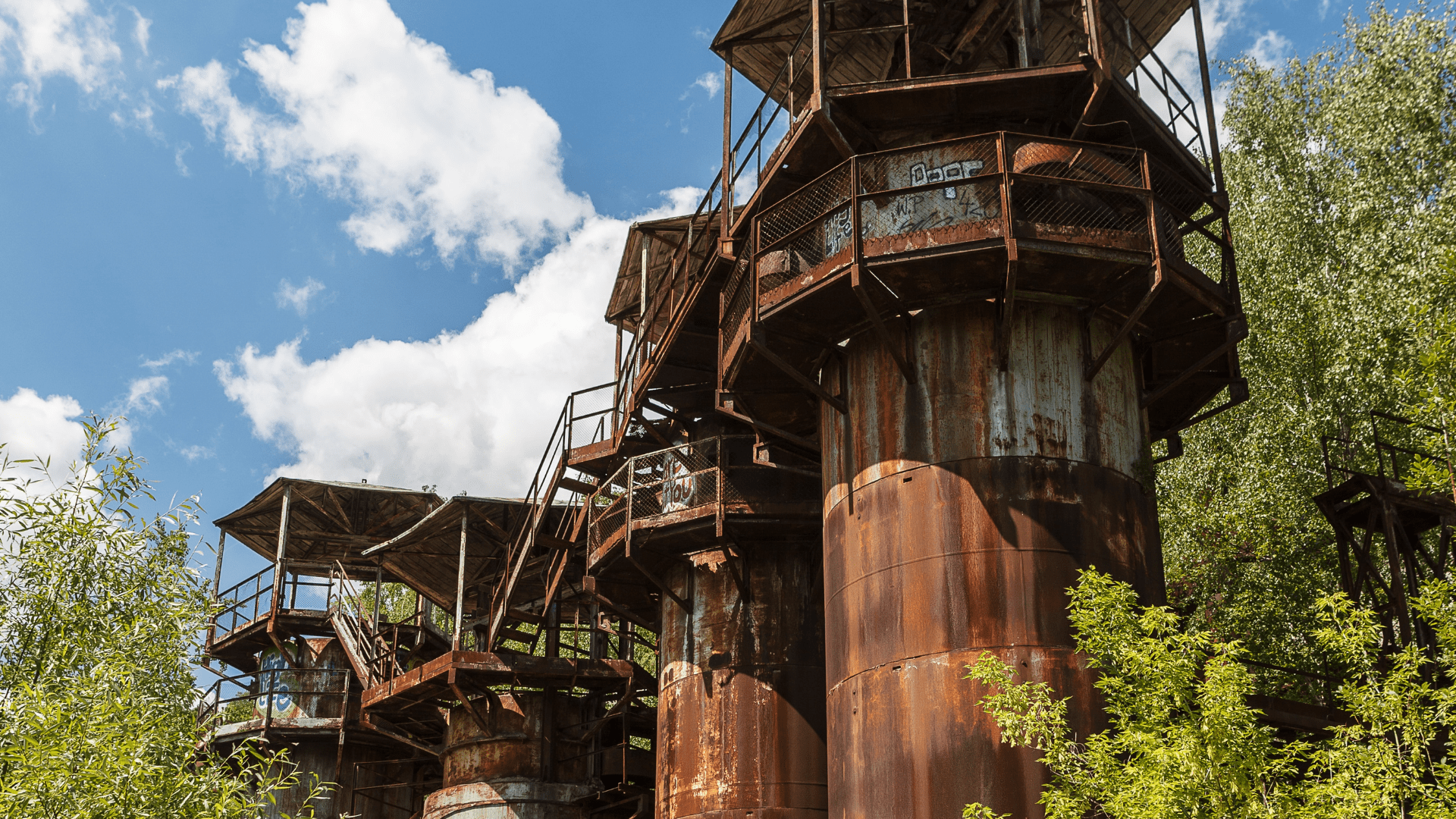
The Path to Remembrance: Płaszów's Journey from Oblivion to Memorial Site
After the Red Army withdrew in October 1945, the camp area became publicly accessible and continued to be devastated. For decades, it was largely forgotten, often used as a recreational area, and a significant portion of it was even built over with residential estates. This contributed to its "forgotten in plain sight" status. The post-war neglect and use of the camp grounds for recreational purposes is not merely an oversight, but reflects a complex interplay of factors: the immense scale of wartime destruction, post-war priorities, and potentially also the communist regime's tendency to generalize victims of "fascism" rather than specifically acknowledging Jewish suffering. This "forgetting" meant that a site of immense Jewish tragedy remained largely unmarked, highlighting how political narratives can shape collective memory and obscure specific historical truths. Current efforts to reclaim and properly commemorate this site represent a crucial step in rectifying this historical oversight.
Few original camp buildings survived German demolitions and post-war neglect. Key remnants include:
- The Grey House (Jerozolimska Street 3): A pre-war administrative building of the Jewish cemetery, which during the war served as an SS office and camp prison with cells and torture chambers in the basement. A museum exhibition is planned to open there.
- Amon Göth's Villa (Heltmana Street 22): The former commandant's residence still stands, but it is privately owned and can only be viewed from the street.
- Ruins of the Pre-Burial House: Remains of a monumental building destroyed by the Germans.

Visiting Płaszów Today: A Call to Reflection and Remembrance
Płaszów today is an open, green space, designed to encourage quiet reflection and respectful walks. Entry to the site is free, and the Museum offers guided tours in various languages, providing essential historical context. The transition from an unmarked, recreational area to a carefully managed memorial site with specific rules reflects a contemporary understanding of Holocaust commemoration. It acknowledges the need for both accessibility and profound respect. Providing guided tours is particularly important, as it ensures that the narrative is conveyed accurately and sensitively, preventing misinterpretations and fostering true learning, which is crucial for a place that was once "forgotten in plain sight."
Płaszów is an integral part of Kraków's World War II narrative, closely linked to the Kraków Ghetto, Oskar Schindler's factory, and the broader context of the Holocaust. A visit to Płaszów offers a crucial, often overlooked perspective on the city's tragic past, complementing visits to other sites such as the Schindler's Factory Museum.
Contact Hello Cracow today to arrange a guided tour providing in-depth historical context and a respectful, reflective journey through this poignant memorial site. Our experienced guides will ensure a valuable and educational experience, helping you connect with the stories and lessons of Płaszów.
